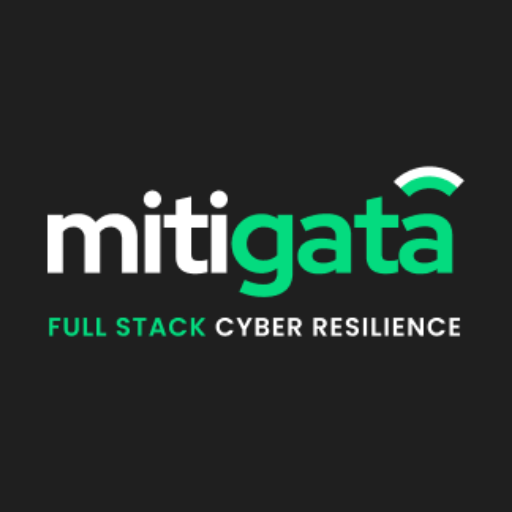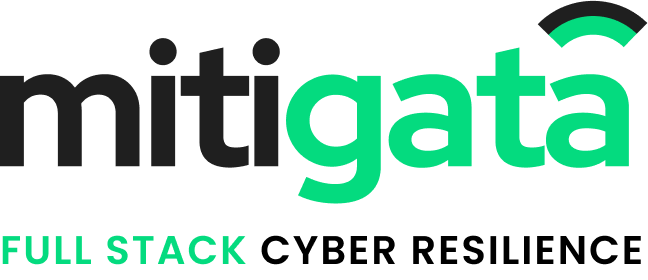In 2025, over 21,500 vulnerabilities (CVEs) were publicly disclosed by mid-year. Nearly 38% were rated high or critical, and many were exploited within hours of disclosure. That’s not a warning. That’s a ticking clock.
A new vulnerability is discovered every few minutes. While you’re reading this, one just popped up.
You might have multiple vulnerability scanners and log analysers running. But what about the staging environment someone spun up last quarter and forgot about?
Or that untracked cloud bucket a contractor deployed? These are part of your attack surface and they’re the parts most likely to go unnoticed.
In this blog, we’ll break down the key features you should look for in an attack surface monitoring tool, so you can cut through the noise, uncover hidden risks, and actually stay ahead of threats.
Why Choose Mitigata for Attack Surface Monitoring
More than 800 businesses trust Mitigata to provide security for their digital spaces. With extensive expertise across more than 25 industries and a history of 99.7% effective threat detection, we enable businesses to stay ahead of cyber threats by protecting their external digital footprint.
Secure Every Digital Doorway with Mitigata’s Attack Surface Monitoring

Here’s what we help you keep an eye on:
Web Assets (Domains and Subdomains): It helps in detecting expired, exposed, or abandoned domains before attackers do.
Cloud Infrastructure & IPs: Helps you in scanning misconfigured services, open ports, and old systems that could be misused.
Mobile applications and APIs: They should be monitored for hidden weaknesses, insecure endpoints, and API misuse that could result in data leaks.
Email Systems: It checks your SPF, DKIM, and DMARC configurations to avoid spoofing and domain-based phishing.
Social engineering threats: It identifies lookalike domains, impersonation sites, and phishing attempts aimed at your staff or consumers.
With 74% of breaches in 2023 linked to compromised privileged accounts, securing credentials is critical. Discover the top PIM solutions today.
Key Features to Look for in an Attack Surface Monitoring Tool
Choosing the right Attack Surface Monitoring (ASM) solution can mean the difference between identifying a threat early or responding too late. Here are the required features you will want in any modern ASM platform:
- Full Asset Discovery and Monitoring
- It should automatically track all digital assets associated with our organisation, such as domains, subdomains, IP addresses, cloud services and even mobile apps.
- It should identify vulnerabilities in real-time as well as flag outdated, misconfigured, and/or misconfigured assets before they can be exploited.
- Technology and Service Mapping
It’s important to know where your assets are located, but it’s equally important to know what tools your assets are using.
- It should identify every technology, framework, and third-party service that is running across your web assets.
- It should detect old versions, misconfigurations, and unsupported tools that could create security holes.
- Third-Party Risk Monitoring
Your security is only as strong as your weakest vendor.
- The ASM tool should be able to monitor all external applications, APIs, and integrations your team may be using.
- It should also assess every third-party tool to determine implications for data exposure or misuse of access.
- Identify which employees are using these tools and flag those that pose potential vulnerabilities.
Best-In-Class Pricing for Full Third-Party Risk Protection
Pressure on budgets? Mitigata ensures superior third-party risk defence at competitive rates, complete setup and nonstop expert monitoring.

- Phishing and Social Engineering Defence
- Detect lookalike or mimic domains that resemble your organisation’s legitimate web addresses.
- It should keep track of any harmful activity associated with such domains and notify your security team so that it may be addressed promptly.
- Verify SPF, DKIM, and DMARC setups to prevent spoofing and impersonation attempts.
- Centralised Risk Monitoring Dashboard
Visibility is important for managing complicated digital ecosystems.
- Consolidate vulnerabilities, phishing threats, malware warnings, and ransomware exposure into a single user-friendly dashboard.
- It should prioritise recommendations based on severity, exploitability, and business impact.
- Security Posture Assessment
Understanding your risk posture allows you to meaningfully improve.
- Conduct structured assessments designed to assess your cyber resiliency.
- Create a pathway for improvement and alignment with compliance.
- Vulnerability Assessment and Penetration Testing (VAPT)
Attackers test your defences every day. Your ASM tool should be able to:
- Simulate real attacks to identify vulnerabilities that can be exploited on your systems.
- Fixing vulnerabilities before the threat actor can exploit them is a critical commitment.
Affordable VAPT That Doesn’t Cut Corners On Security

- Bug Bounty Program Integration
- Supports the setup and management of ethical hacking teams and/or bug bounty programs.
- Takes advantage of the broad security community to identify high-risk vulnerabilities that your tools may miss.
Conclusion
Mitigata provides complete visibility, detects risks in real-time, and identifies actions needed to fit your organisation’s needs.
Ready to take back control of your external security posture?

